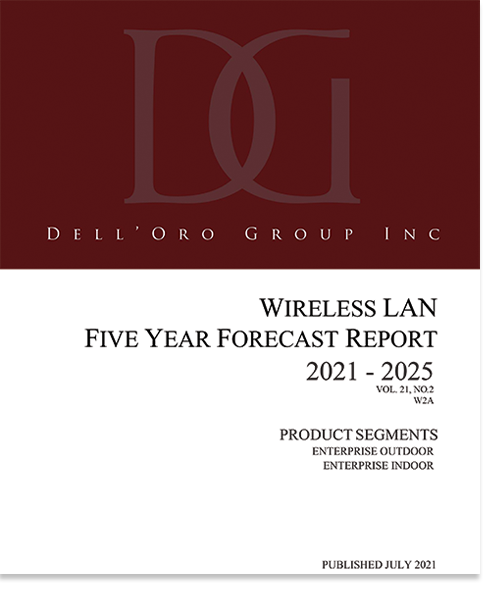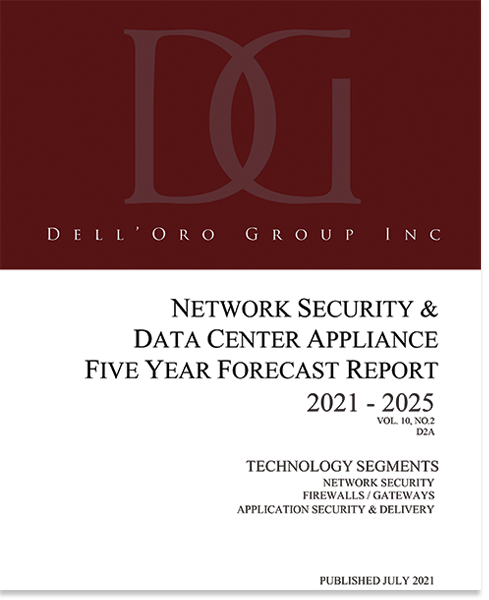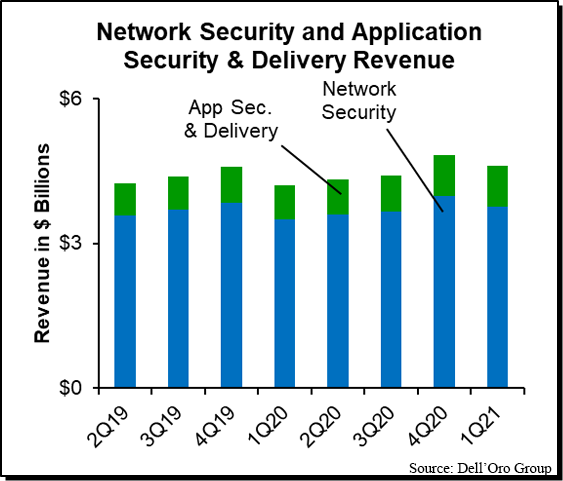Last week’s 2021 OCP (Open Compute Project) Global Summit marked its tenth anniversary. Fittingly, the vendor and partnership announcements were significant.
Meta (formerly known as Facebook) once again dominated the show’s headlines with product, architecture, and partnership announcements that will have a far-reaching impact on switch vendors and component suppliers. As the fourth-largest cloud service provider (SP), Meta accounts for a significant portion of total network and IT spend. Thus, the supplier ecosystem always pays close attention to upcoming changes in Meta’s data center architecture or procurement strategy.
Meta continues co-development efforts with Arista with the minipack 2 chassis design
Historically, Meta has mostly used white-box vendors in its Top of Rack (ToR) applications, running Meta’s home-grown Network Operating System (NOS) called the FBOSS, whereas in the leaf, spine, and data center Interconnect (DCI) layers, this cloud SP has mostly deployed Arista’s switches with Arista’ EOS. There has been, however, a recent concern that this relationship is in decline, as Meta’s spending with Arista has been weak in recent quarters. Some thought that white-box suppliers are muscling in on Arista’s share. However, based on multiple industry checks, we, at Dell’Oro Group, thought the softness in Meta’s contribution to Arista’s revenue was due to an interim pause in Meta’s data center capex spend.
Arista is expected to ship its recently announced 7388X5 switch to Meta in 2H21. This chassis is compliant with the minipack2 design and will support both Meta’s FBOSS and Arista’s EOS. We expect that Meta will run mostly the latter.
Meta partners with Cisco on Wedge400C for Top of Rack applications
In December 2019, Cisco announced its entry into the routing and switching merchant silicon market by allowing its latest Silicon One chips to be consumed both internally, in Cisco’s systems like Cisco 8000, and externally by customers who want to use the chip to build their own systems. The goal of this development is to help win a new footprint at the major cloud SPs, where Cisco has been losing share to white-box switch vendors. For some time, Cisco has alluded to its strong, early traction at the hyperscalers with its Silicon One chips. Yet this was the first major public announcement highlighting the new switch chip footprint at one of the top-four Cloud SPs—Meta.
Silicon diversity at large Cloud SPs networks has been a theme over the past few years, fueled by the need to put pressure on Broadcom, which has dominated the merchant silicon space to date. The increased number of viable merchant silicon suppliers—such as Cisco and Marvell/Innovium—along with industry-wide supply constraints—have further accelerated this trend.
The new Wedge400C switch is expected to be deployed in the ToR layer at Meta’s data center network, using Cisco’s Silicon One chips inside a white-box switch supplied mostly by Celestica and running Meta’s FBOSS.
How big is this opportunity for Cisco and what does it mean?
Based on our estimates as well as industry checks, we estimate the size of this opportunity will represent only less than $50 M in 2022. This move, however, will be very strategic for the firm, as we expect Cisco to penetrate other data center network tiers (leaf, spine, and DCI), where we anticipate expansion will accelerate when Meta starts to adopt some form of co-packaged optics. When this occurs, it will be crucial to dual-source network chips as well as optics. Optics represents a much greater opportunity for Cisco because it accounts for more than half of the networking spend at 200 Gbps speeds and higher.
For more details, insights on cloud service providers’ data center network design, and the list of suppliers, please contact us at dgsales@delloro.com



